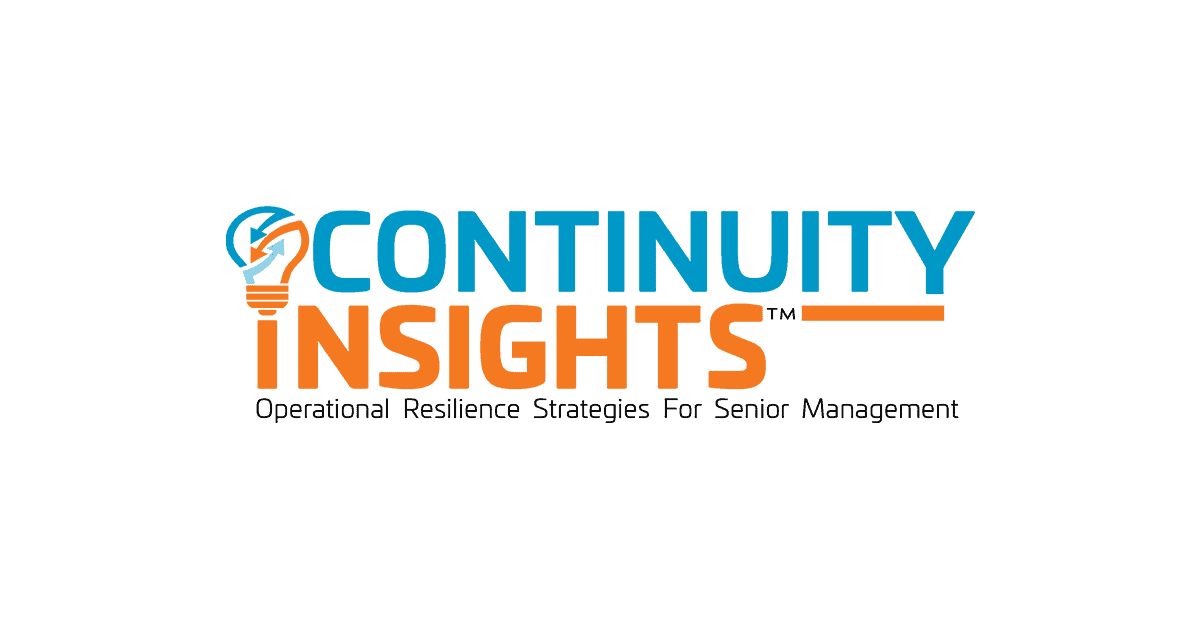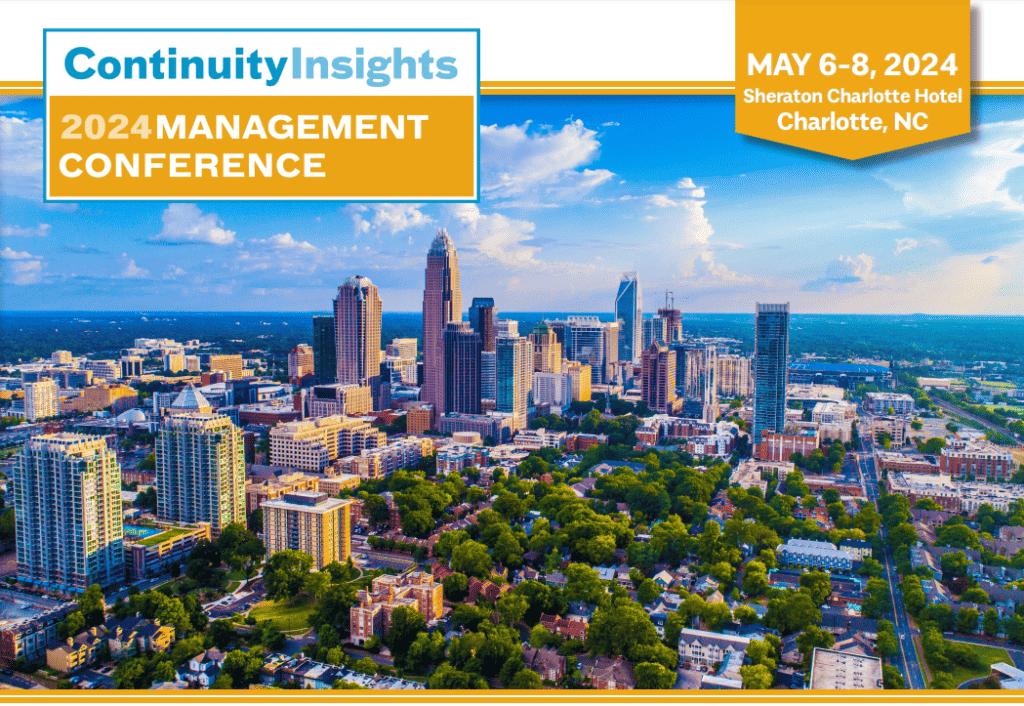Top Stories
Information Security Strategies To Elevate Cyber Resilience

Info-Tech Research Group shares a comprehensive approach to building a robust information security strategy.
Is New Nuclear Energy Creating Greater National Security Risks?

Proliferation and nuclear terrorism are top national security risks; sabotage, coercion and military operations pose other risks, according to new GWU report.
Autonomous Vehicles: What Are The Risks, Opportunities?

New ASIS Foundation report, “Autonomous Vehicles: Threats, Risks & Opportunities,” explores the multifaceted landscape of AVs within security contexts.
GenAI Survey: U.S. Leaders Concerned About Data Privacy, Security

Despite enthusiasm, leaders see understanding gaps, lack of strategic planning, talent shortage as obstacles to realizing the technology’s full value.
Listen Now: Decision-Making During A Crisis

Robert C. Chandler, Ph.D, Founder and Principal of Emperiria discusses his research on adaptive decision-making in this podcast.
ASIS Introduces Security Risk Assessment Standard

The ASIS standard has been revised and designed to revolutionize how organizations assess and manage security risks.


